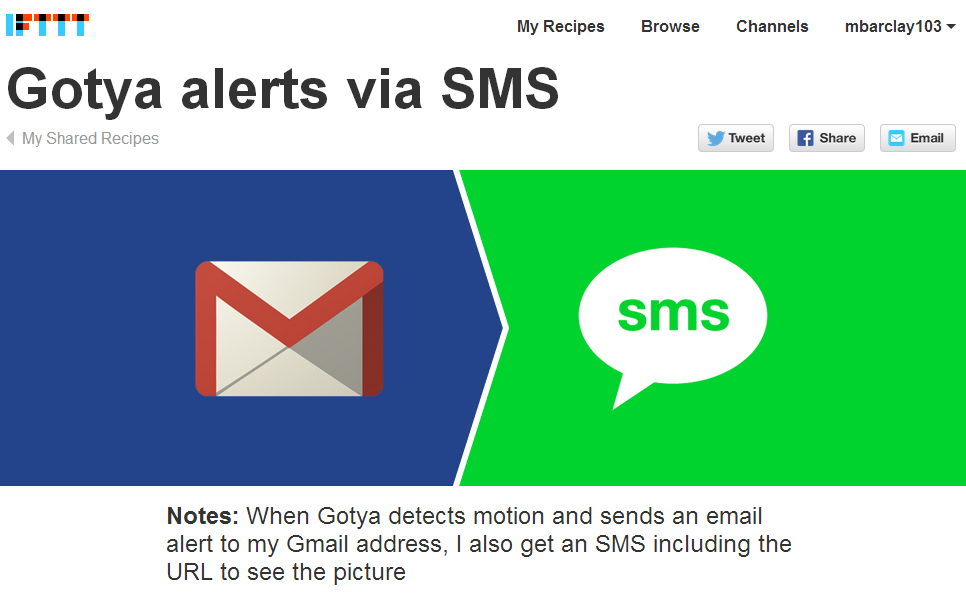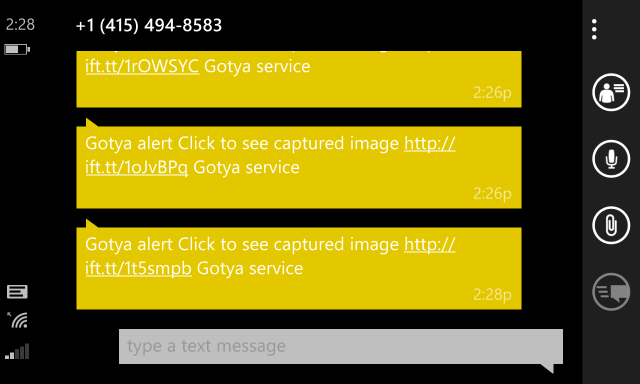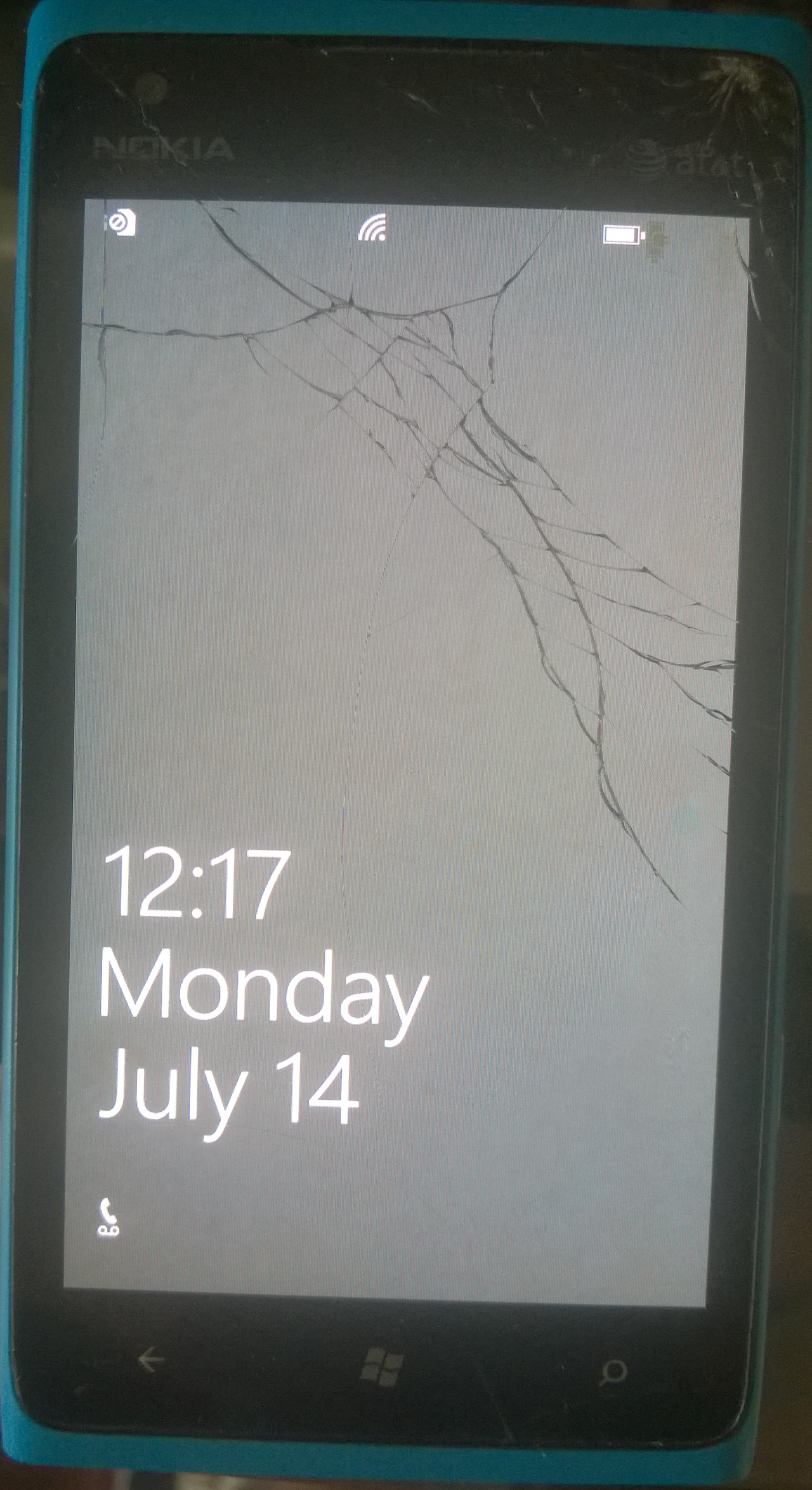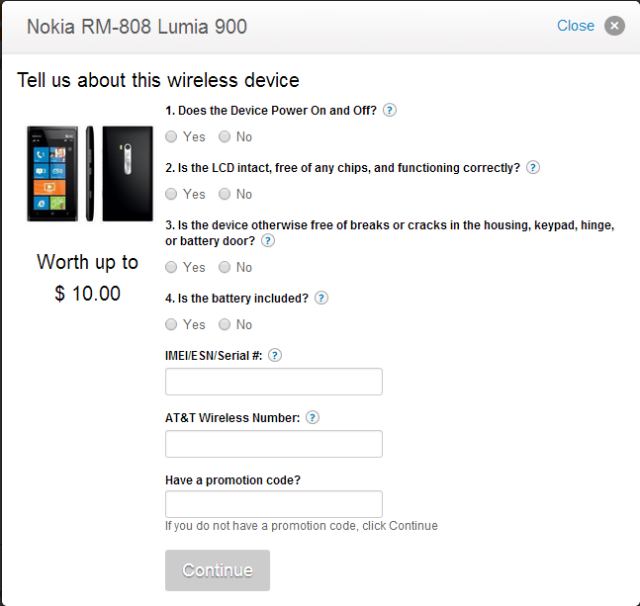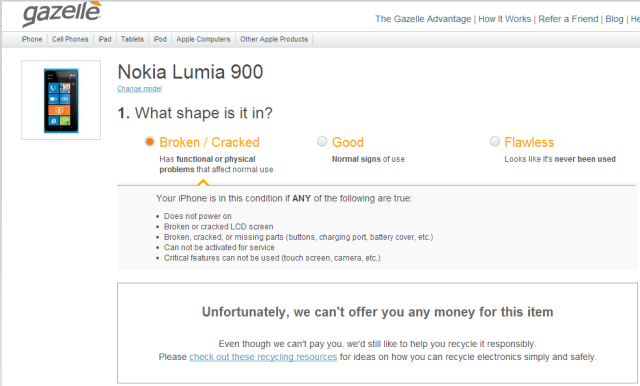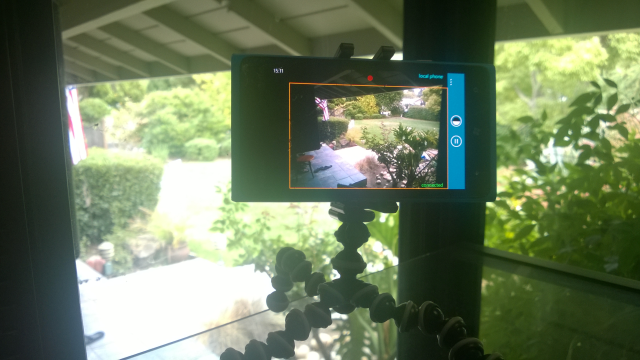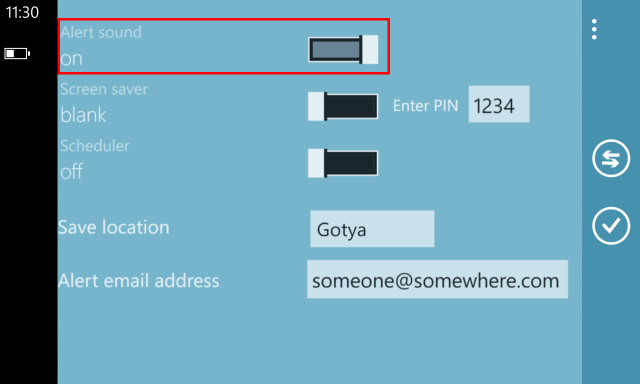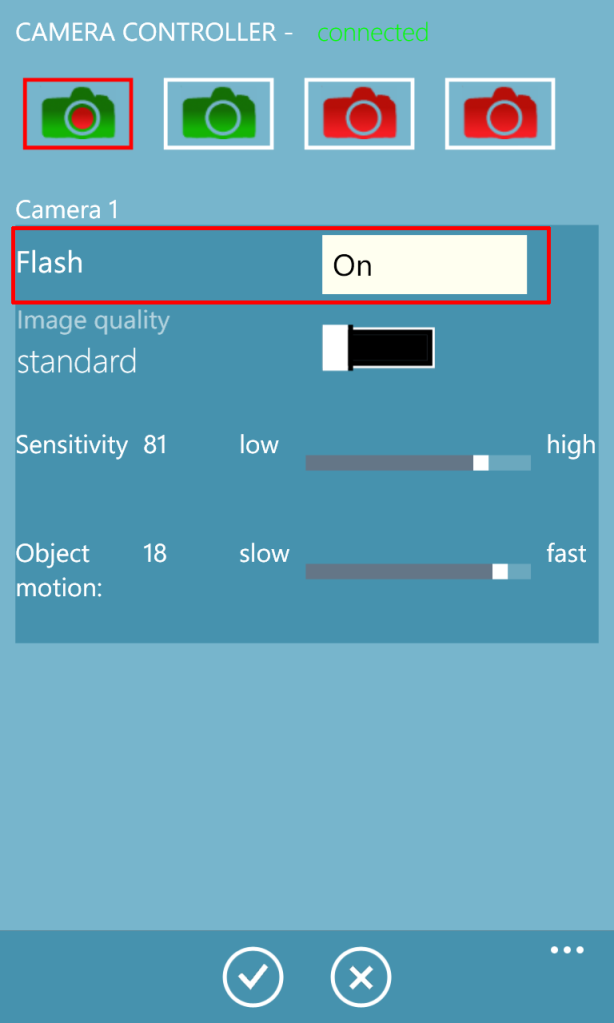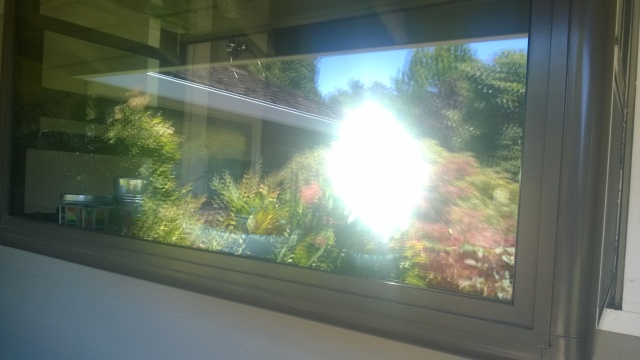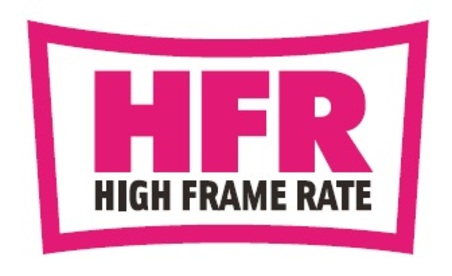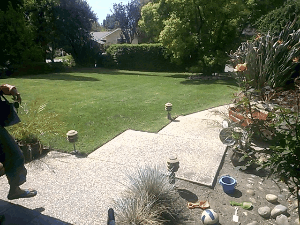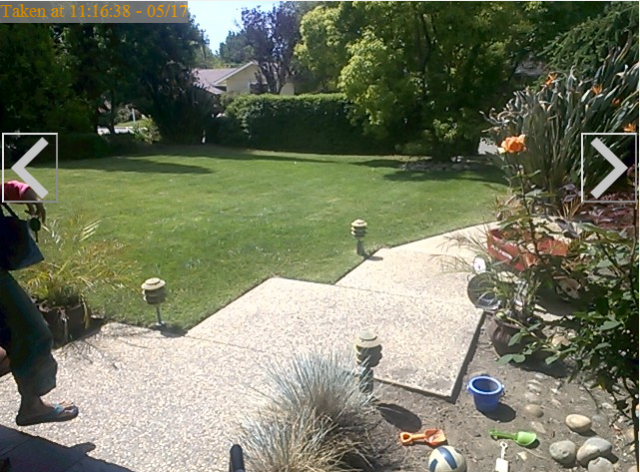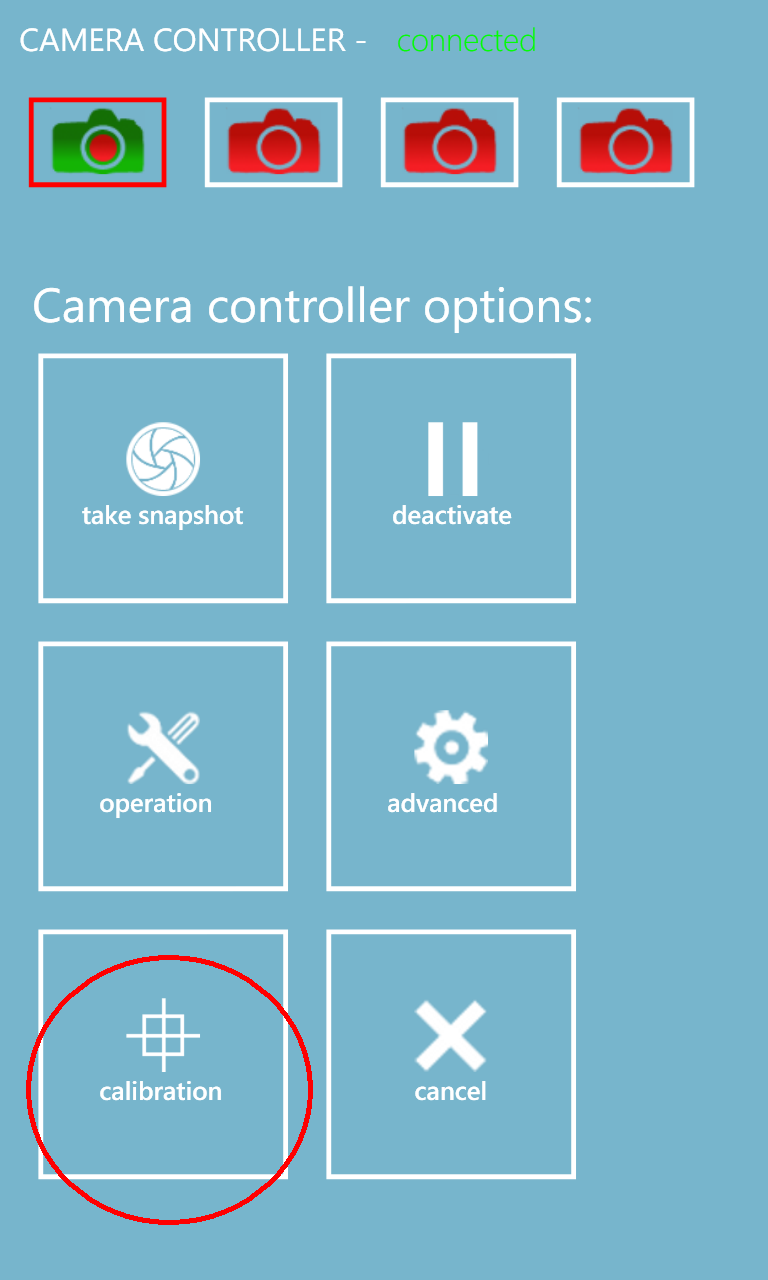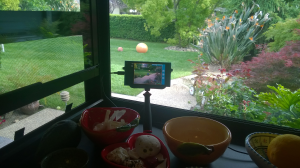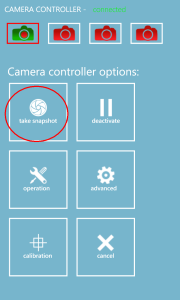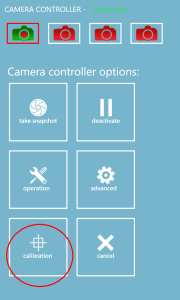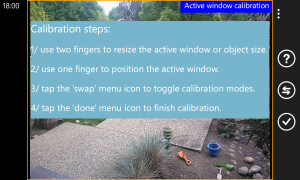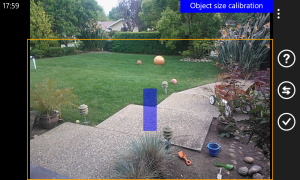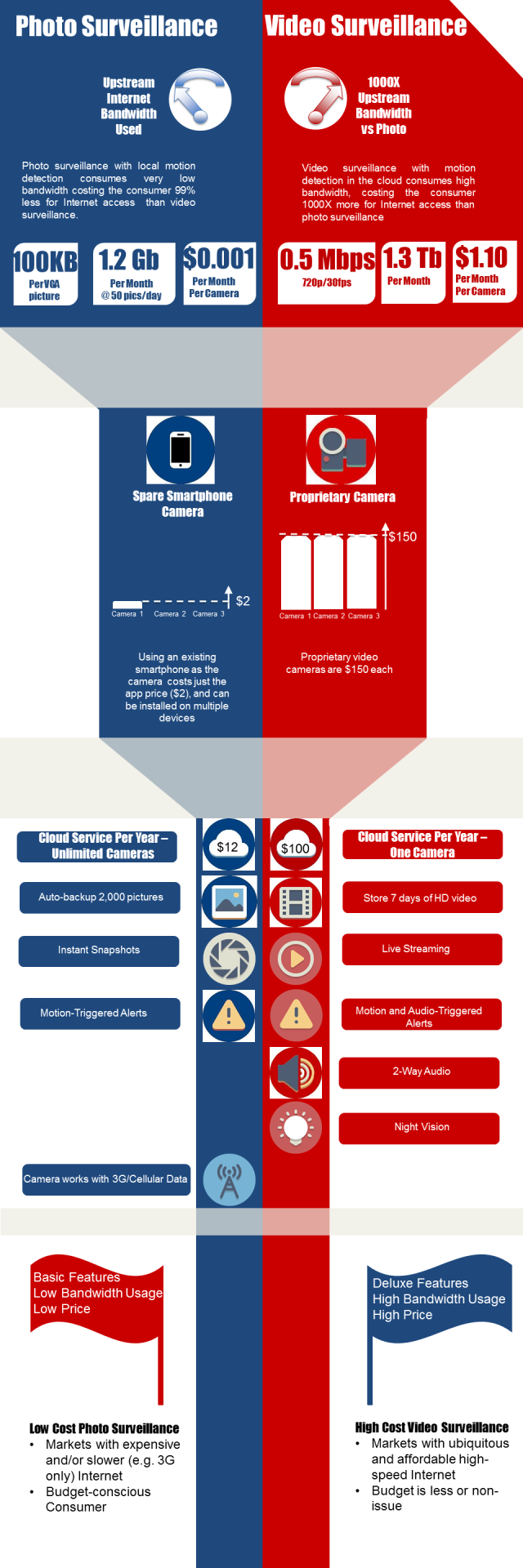IFTTT (IF This Then That) is a freemium service that enables you to connect your smart home/IoT (Internet of Things) devices including WiFi security cameras to a world of Web apps such as The Weather Channel, Instagram, Twitter, Gmail, and Dropbox, to name but 5 of the 128 available “Channels”. In addition to Web apps Channels there are also native Android and iOS Channels such as notifications and location, as well as email, SMS, and phone call channels. When something happens on a (Trigger) Channel, IFTTT enables something else to happen on another (Action) Channel.
Any IP/WiFi camera that has motion detection and email alerts can work with IFTTT as a Trigger using the Gmail Channel. For example this recipe uses Dropcam motion alerts to turn on a WeMo Light Switch.
Gotya can also turn on your Wemo Light Switch just like Dropcam does. All you need to do is i) replace noreply@dropcam.com with gotya.alerts@mobiapplines.com in the Gmail from address field as shown below and ii) make sure the Gmail address that you enter into the Gmail Channel is the same as your Gotya Alert email address (in the Gotya app, go to Camera->Settings or Remote Controller->Select Camera->Operation).
As a second example of using Gotya to trigger an IFTTT channel, when Gotya detects motion it can send you an SMS alert using this recipe (you’ll need to modify it to specify your own mobile phone# and Gmail address). As with the first example, make sure the Gmail address that you enter into the Gmail Channel is the same as your Gotya Alert email address (in the Gotya app, go to Camera->Settings or Remote Controller->Select Camera->Operation).
The SMS alerts include the URL with the picture stored on the Gotya Cloud. For security reasons you’ll need to login to the Gotya Cloud Service each time.
There is currently only one WiFi home security camera (actually an iOS app) called Manything, that has it’s own “proper” / native IFTTT channel, enabling it to be connected to all of the 128 Channels and can be used both as a Trigger and an Action in a Recipe (and not just as a Trigger via the Gmail Channel as this article has focused on). Expect this list to grow dramatically as IFTTT has recently raised a $30M Series B Round and is going to make their Channel Platform available to a lot more developers.
SmartThings has done an unofficial integration with Dropcam and SmartThings has their own IFTTT channel, so there’s potentially other stuff that you can do with the combination of Dropcam, SmartThings, and IFTTT, but that’s perhaps a topic for another blog post. A quick search of “SmartThings Dropcam” on IFTTT Browse Recipes returned zero results.
Let us know if you have created or use any IFTTT recipes for your IP/WiFi security camera in the Comments!
